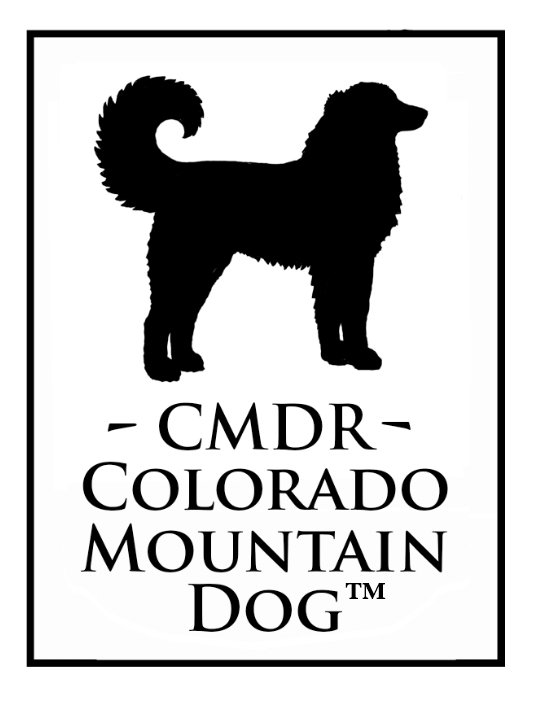~ Articles ~
Exercising CMDs Too Early
Large breed pups can easily be injured or damaged if exercised in the wrong way, or too much. In general, don’t take a young adolescent CMD on a long walk, or trot beside you on a bike, or ask him to do even short activities that are jarring.
Here is an except from a Hill’s article:
“All puppies are born with their bones still developing, but large breed puppies are more susceptible to developmental bone and joint disease during their rapid growth phase to 1 year of age. In fact, large breeds reach 50 percent of their body weight at around 5 months of age. Smaller breeds reach 50 percent of their body weight at around 4 months of age.
The growth rates of all puppies are dependent on the food that they eat. Puppies should be fed to grow at an average, rather than a maximum, growth rate. Compared to smaller-sized puppies, large breed puppies need restricted levels of fat and calcium to moderate their rate of growth. They’ll still reach their full-grown size, just over a longer period of time, which will result in healthy development of bones and joints for these breeds.”
This is why later fixing (10 months is a great time) is advised, because a dog’s reproductive hormones will slow his bone growth. Fixing a puppy at 12 weeks causes runaway growth.
This is true of many animals. Many people push horses too fast and keep them too fat, too young, and ruin joints and tendons. Don’t feed a young CMD puppy food, unless it is large breed pup. Even then, my vet advised me to cut it with adult ration.
A young CMD, 16 months and down, should look “framey” like a colt. If he looks paunchy and heavy, or overly mature, he is being set up for joint problems.
Here are two photos of 8 month old pups with differing builds and growth rates.
Tarva, the young Boz/CMD cross female in the first photo, is a perfect weight, and in perfect condition for a dog of her age and breed cross. You can see she is somewhat hollow below her hip, and you can see the outline of her ribcage, though not the individual ribs. You can feel her backbone and hip bones, but they are nicely muscled all around them. Tarva would grow like a weed and could carry a much thicker body condition if fed richer food, and she’d be vulnerable to joint problems and injury.
Peregrine, below, is more muscled in because she is 3 inches shorter and a higher GP percentage. Tarva’s condition would be wrong for Peregrine, too thin. You cannot feel Peregrine’s backbone, her back is a smooth curve over the top, but it is tightly muscled, not wide, and she has no extra weight over her ribs. She will complete her growth a bit sooner than Tarva will.
There is no one formula for describing the perfect condition of a dog. It depends on their age and structure. Each one should be judged individually, and I feel the condition on every dog, every day. The ration of a dog changes a lot during the first year. They eat a much higher percentage of food to body weight, when they are young, and it cuts back as they begin to reach maturity.
Even if a pup is in perfect condition, he shouldn’t be over-exercised. But if a pup is carrying too much weight, he is going to be vulnerable to joint and tendon problems even from normal activity.
How much is too much? Growing dogs do activity in short spurts. Long periods of enforced walking, jogging, or running beside a human are very stressful on a pup’s body and mind. It’s easy to overdo, given the mature look of a large breed adolescent dog.
What about stairs? Stairs are fine as long as a really young pup doesn’t have to use them regularly. Be careful of ice. Two CMD owners I know watched their adult dogs tear tendons during a slip on ice. Pups can be injured more easily.
CMDs begin to reach skeletal maturity around two years of age, and they finish out at about 3. The last thing to fully mature is the skull. At a year of age, your dog is a pup. At two he is a young adult and can do longer periods of activity. And three he will be good to go, as long as he is in good muscular shape, and not over weight.


